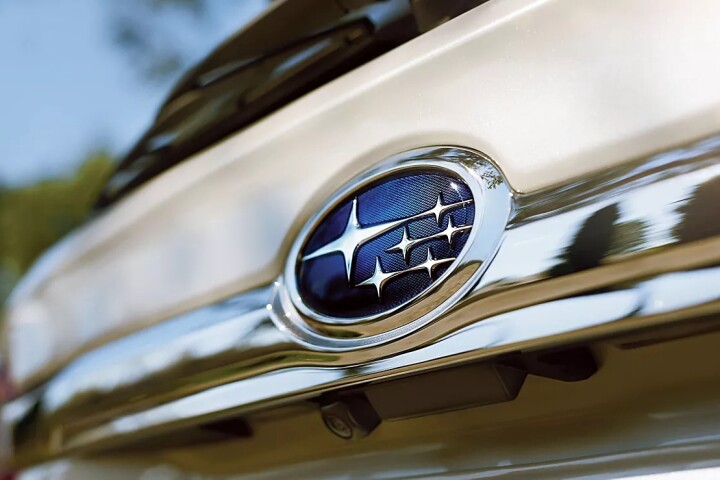Eight days after an unmanned Russian Progress cargo ship failed to reach orbit, a Japanese space freighter is on its way to the International Space Station (ISS). Today at 8:26 am EST (10:26 pm JST), the Japan Aerospace Exploration Agency (JAXA)'s HTV-6 mission lifted off from the Tanegashima Space Center in southern Japan atop an H-IIB rocket. Carrying 4.5 tons (4.1 tonnes) of supplies, it's scheduled to rendezvous with the station on Tuesday.
According to NASA, today's launch went off without incident as the 12-ton (10.1 tonne) spacecraft soared into orbit after a spectacular nighttime liftoff. The cargo ship, known as "Kounotori" or "White Stork," is currently carrying out a series of orbital maneuvers to match orbits with the ISS.
On December 13, the unmanned HTV-6 will approach the station through a series of Go/No Go safety checks before being captured by Expedition 50 Commander Shane Kimbrough of NASA and Flight Engineer Thomas Pesquet of ESA using one of the Canadarm2 robotic arms. It will then be guided to a docking berth on the Harmony module, where it will be unloaded and spend about five weeks before being loaded up with rubbish and sent to burn up in the Earth's atmosphere.
HTV-6 is carrying supplies of water, spare parts, and experimental hardware. In addition, it's bringing six new lithium-ion batteries, which will replace the old nickel-hydrogen batteries used to store energy from the station's solar arrays.
The HTV-6 mission is particularly important after the loss of the Progress 65 cargo ship on December 1 and its 2,450 kg (5,401 lb) of supplies. This follows on a US Cygnus destroyed six seconds after launch in 2014, and a US Dragon breaking up in flight in 2015, followed by a launchpad explosion of the Falcon 9 booster that's effectively grounded the Dragon until the rocket has been cleared by the US FAA.
NASA says the ISS has enough supplies to last for several months, and that there's no immediate danger to the crew from the cargo disruptions.
The NASA TV video below shows the liftoff of HTV-6.
Source: NASA





